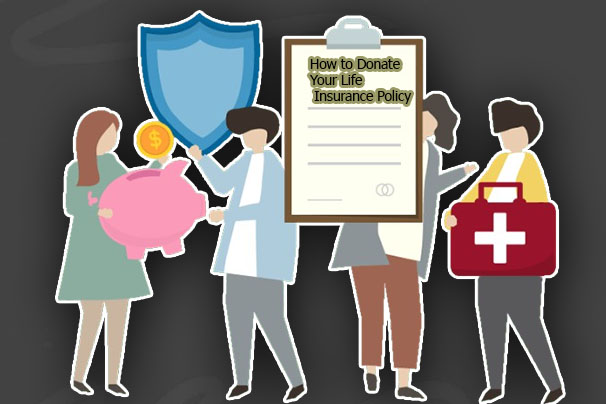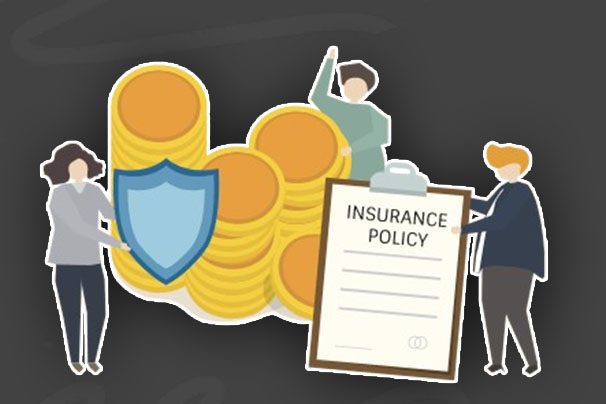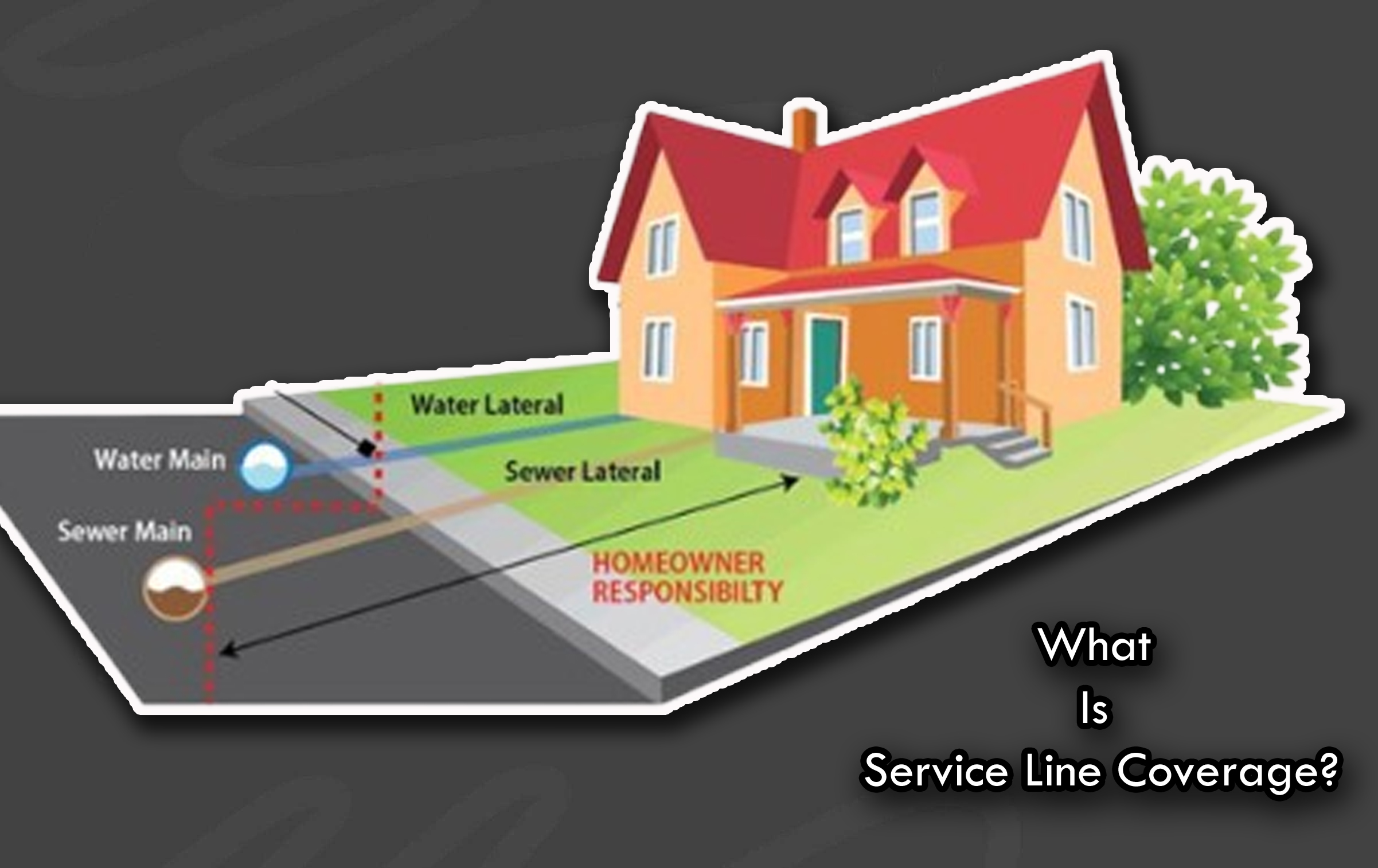Does ATV Insurance Cover Theft? All-terrain vehicles provide thrilling outdoor adventures and practical utility for many riders. However, just like any valuable asset, owning an ATV comes with risks such as accidents, damage, and theft. If your ATV is stolen, you may wonder if your insurance policy provides coverage.

Furthermore, ATV insurance can cover theft, but only if you have comprehensive coverage included in your policy. Also, liability-only policies do not provide theft protection, so reviewing your insurance terms and upgrading your coverage as needed is essential.
What Is ATV Insurance?
ATV insurance is a type of policy designed specifically to protect all-terrain vehicles against various risks, including accidents, liability, and, in some cases, theft. Depending on the provider and policy, ATV insurance may include:
- Liability Coverage: Covers damages or injuries you cause to others.
- Collision Coverage: Covers damage to your ATV resulting from a collision.
- Comprehensive Coverage: Protects against non-collision-related incidents, including theft, vandalism, and weather damage.
- Uninsured/Underinsured Motorist Coverage: Covers damages if another driver who is at fault lacks sufficient insurance.
Theft protection typically falls under the comprehensive coverage section of an ATV insurance policy.
Does ATV Insurance Cover Theft?
Theft coverage depends on the type of insurance policy you have. Below are the key details to determine whether your ATV insurance policy includes theft coverage:
Comprehensive Coverage Includes Theft
Comprehensive coverage protects your ATV from non-collision-related events, including theft, vandalism, fire, and natural disasters. If your ATV is stolen, your insurer will reimburse you for its value (minus your deductible) based on the policy terms. Furthermore, comprehensive coverage is optional in many policies, so ensure it is explicitly included.
Liability-Only Policies Do Not Cover Theft
Liability insurance, however only covers damages or injuries you cause to others and does not protect your ATV.So, if your ATV is stolen, a liability-only policy doesn’t offer any financial reimbursement.
Verify Your Policy’s Theft Provisions
Thoroughly read your insurance policy or consult your provider to confirm theft coverage. Moreover, some insurers offer theft coverage as an add-on if it’s not included in your base policy.
Factors That Affect ATV Theft Coverage
Even with theft coverage, certain factors can influence your claim and reimbursement. They include:
Policy Deductibles and Limits
- Deductibles: The deductible is the amount you must pay out-of-pocket before your insurance coverage kicks in.
- Policy Limits: Your insurer will only reimburse up to the policy’s coverage limit, which may not match the full value of your ATV.
ATV Storage and Security Measures
- Secure Storage: Insurers often recommend you store your ATV in a locked garage or use anti-theft devices.
- Impact on Premiums: Taking extra precautions can reduce your premiums and also strengthen your claim in case of theft.
Location and Usage
Theft coverage may cost more or have stricter terms in areas with high crime rates. Furthermore, some of these policies only cover theft when the ATV is on your property or used within specified boundaries.
Steps to Take If Your ATV Is Stolen
If you find that your ATV has been stolen, immediate prompt action can increase your chances of recovery and ensure a smooth claims process. Here’s what you can do:
File a Police Report: Contact your local law enforcement immediately to report the theft. Provide details such as the ATV’s make, model, VIN, and any identifying marks. Also, you must obtain a copy of the police report for your insurance claim.
Notify Your Insurance Provider: Contact your insurer as soon as possible to file a claim. Additionally, you must provide all requested information, including the police report and proof of ownership.
Cooperate with the Investigation: Work with law enforcement and your insurer to track the stolen ATV. What’s more, some ATVs come with GPS trackers, which can help you faster in recovering it.
Review Your Policy Terms: Lastly, you must understand your coverage limits, deductible, and any documentation required for reimbursement. Ensure you follow all steps outlined by your insurer to avoid claim denial.
Tips to Prevent ATV Theft
Here are preventative measures that can significantly reduce the risk of theft:
- Use wheel locks, chains, or GPS trackers to secure your ATV.
- Always park your ATV in a locked garage or shed when not in use.
- Engrave unique identifiers on your ATV to deter thieves and aid recovery.
- Avoid leaving the ignition key in the vehicle when unattended.
- Keep detailed records of your ATV’s make, model, VIN, and photos to simplify claims or recovery efforts.
Frequently Asked Questions
Here are some frequently asked questions you can check out:
Does ATV insurance automatically include theft coverage?
No, theft coverage is typically part of comprehensive coverage, which is optional. Check your policy to confirm whether you’re covered for theft.
What happens if my stolen ATV is recovered after the insurance claim?
If your ATV is recovered, the insurer may require you to return the payout or adjust the claim based on any damages to the vehicle..
Does my ATV’s value affect theft coverage?
Yes, your policy limits and the vehicle’s market value determine the reimbursement amount. What’s more, insurers may use the ATV’s depreciated value when calculating payouts.








